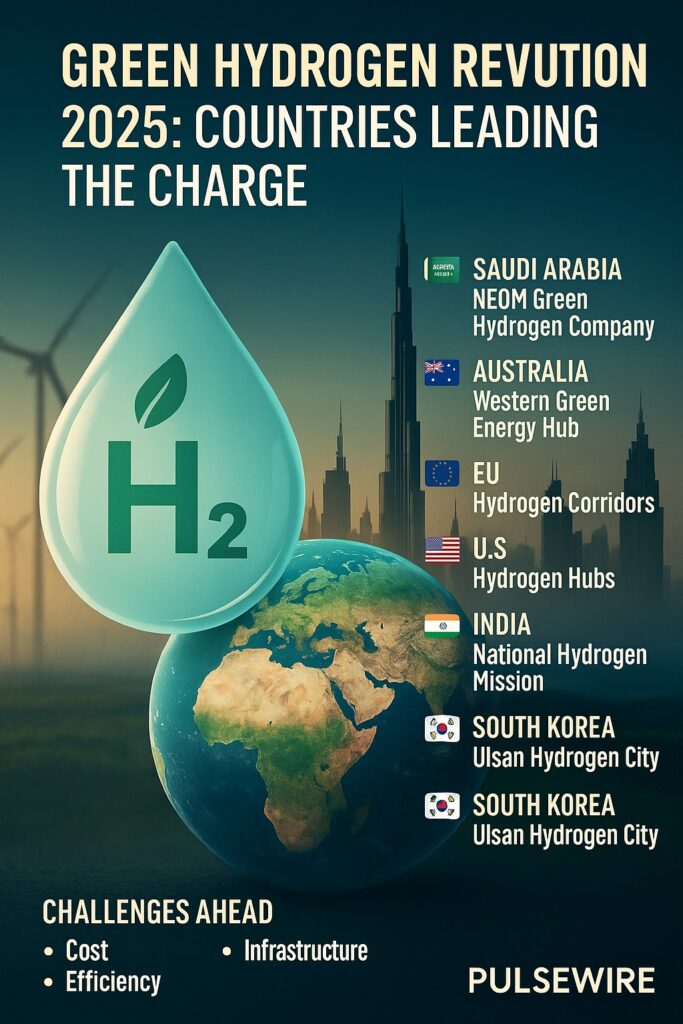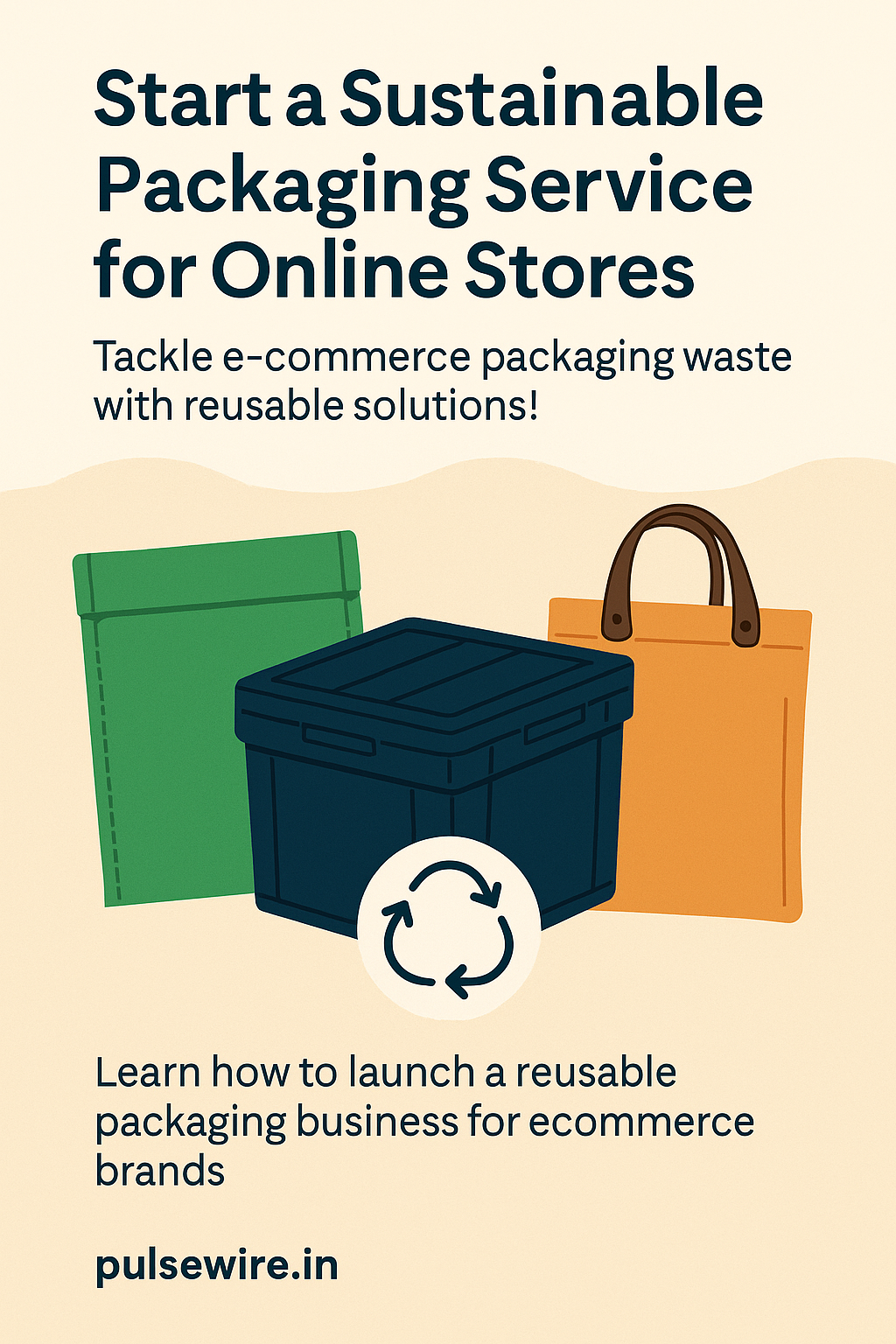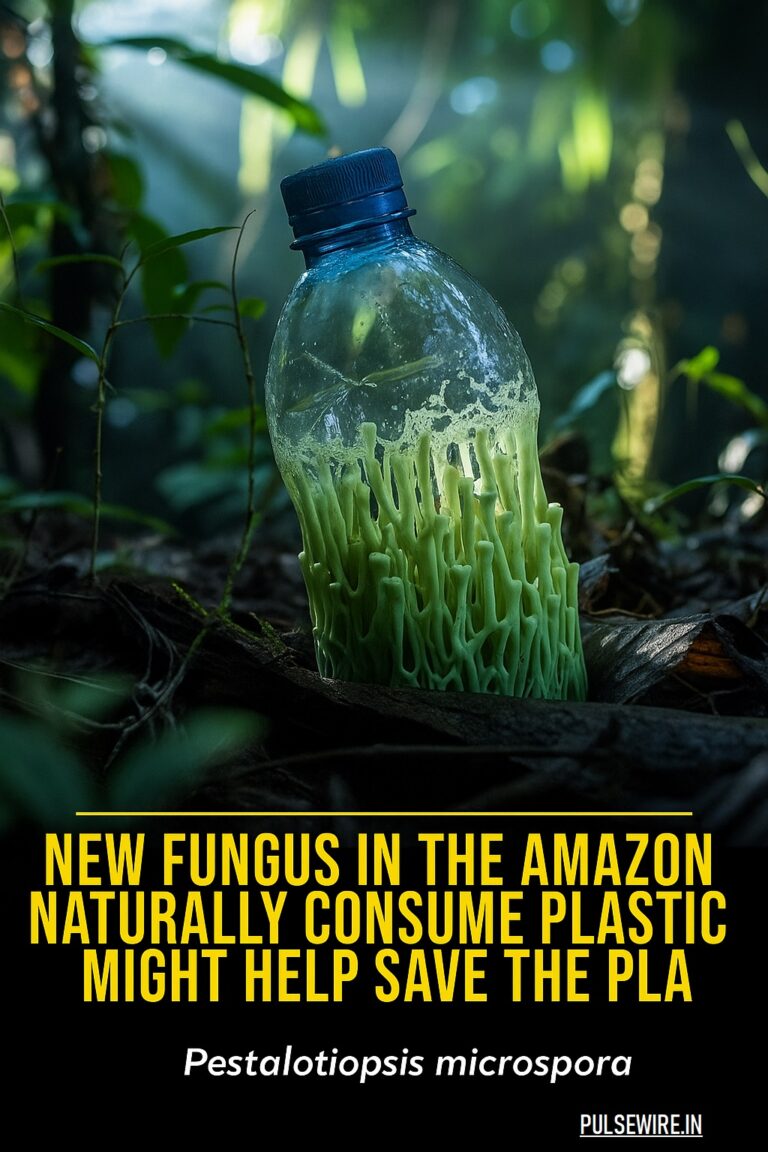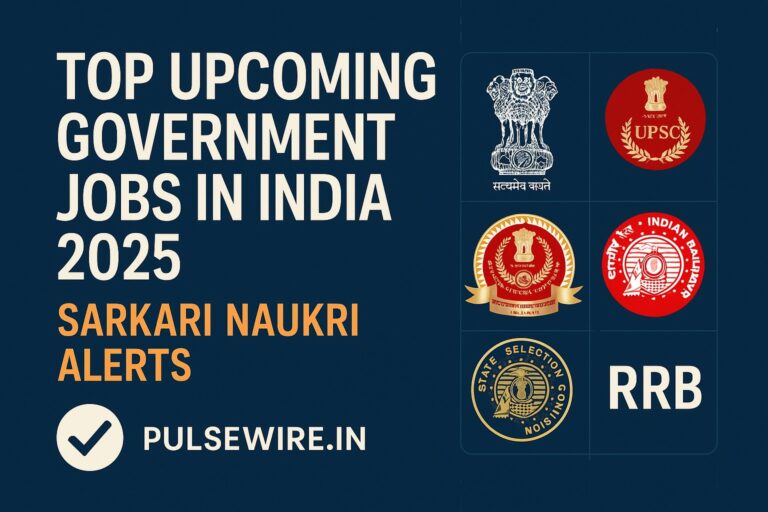
Written and verified by the Pulsewire Energy & Sustainability Desk – bringing global clarity to emerging clean-energy trends.
In 2025, green hydrogen has emerged as a transformative clean fuel. Produced by splitting water using renewable electricity, it emits no carbon, making it a vital tool in global decarbonization. From transportation to industrial applications, countries worldwide are making bold moves in this space.
🇸🇦 Saudi Arabia – NEOM Green Hydrogen Company
Saudi Arabia is constructing the world’s largest green hydrogen facility as part of its visionary NEOM city.
- Scale: 2.2 GW electrolyzers producing 600 tonnes/day
- Investment: $8.4 billion with ACWA Power, Air Products & NEOM
- Output: 1.2 million tonnes of green ammonia annually
- Launch: Commercial production begins in 2026
Read more via Arab News.
🇦🇺 Australia – Western Green Energy Hub
Australia’s Western Green Energy Hub (WGEH) is poised to be the largest renewable-powered hydrogen facility.
- Capacity: 70 GW (solar + wind)
- Output: 3.5 million tonnes of hydrogen/year
- Partners: InterContinental Energy, CWP Global, bp
- Timeline: FID expected by 2028
Also in progress: Murchison Renewable Hydrogen Project, aimed at exporting green fuels globally.
🇪🇺 European Union – Hydrogen Corridors & Pipelines
Europe is investing in transnational hydrogen infrastructure to meet climate goals.
- H2Med: Includes BarMar pipeline (Spain–France) to deliver 2M tonnes/year by 2030
- Germany: 10M tonne target with advanced electrolyzers
EU’s strategy supports decarbonization through cross-border pipelines and hydrogen sharing.
🇺🇸 United States – Hydrogen Hubs Funded by Infrastructure Law
The U.S. is funding regional hydrogen hubs under its $9.5B Bipartisan Infrastructure Law.
- Texas: $4B project (Air Products & AES) – 200 t/day
- Utah: Advanced Clean Energy Storage – 100 t/day
- California: Hydrogen fuel cells powering 8.5 MW for backup
- Oklahoma: Wind-powered H₂ hub for freight and transport
See the U.S. DOE hydrogen hubs program for more.
🇮🇳 India – National Hydrogen Mission
India is rapidly scaling green hydrogen production through public-private collaboration.
- Biggest Project: ₹10,000 crore (~$1.3B) Andhra Pradesh plant
- Adani Green: India’s first off-grid 5 MW green hydrogen plant launched in Gujarat
- Policy: India targets 5M tonnes by 2030 with ₹19,744 crore ($2.3B) incentive package
Read: India’s Hydrogen Mission Breakdown
🇰🇷 South Korea – Ulsan Hydrogen Town
- Project: Hydrogen pipeline network (188 km)
- Goal: All public buses hydrogen-powered by 2027
- Usage: Heating, mobility, and industrial feedstock
🌍 Other Key Players to Watch
- Chile: Targeting 5 GW electrolyzers by 2025 (Reuters)
- Kazakhstan: Hyrasia One to export 2M tonnes/year
- Namibia: 7 GW renewables to export 2M tonnes/year hydrogen
- Egypt & Oman: Green hydrogen export corridors to Europe in development
📉 Key Challenges
| Challenge | Details |
|---|---|
| Cost | $3–6/kg vs. $1.5/kg for grey hydrogen |
| Infrastructure | Lack of pipelines, storage, and refueling facilities |
| Efficiency | Electrolyzers still need durability and scale |
| Regulation | Certification and incentives vary across countries |
✅ Conclusion
Green hydrogen is no longer just a concept—it’s happening. In 2025, nations like Saudi Arabia, India, Australia, the U.S., and the EU are investing billions to develop scalable, clean hydrogen. These moves promise a cleaner, more energy-secure future. However, policy harmonization, innovation, and infrastructure development will decide how fast hydrogen can truly replace fossil fuels.
Related Articles on Pulsewire:
- Sustainable Living in the UK: Realistic Changes You Can Make
- Sustainable Living: How Small Changes Can Make a Big Impact on Our Planet
- Urban Hydroponic Farming: Cultivating Profit and Sustainability in the City
Disclaimer: This article is for informational purposes only and does not constitute financial or energy investment advice. Readers are advised to verify facts via official energy agencies and consult professionals before making any decisions.

Sandeep Jadhav is a self-taught sustainability writer and the founder of Pulsewire.in. He shares insights on upcycled product manufacturing, green entrepreneurship, and eco-friendly business models. Though not formally certified, his work is backed by deep research and a strong passion for promoting climate-positive innovation.









